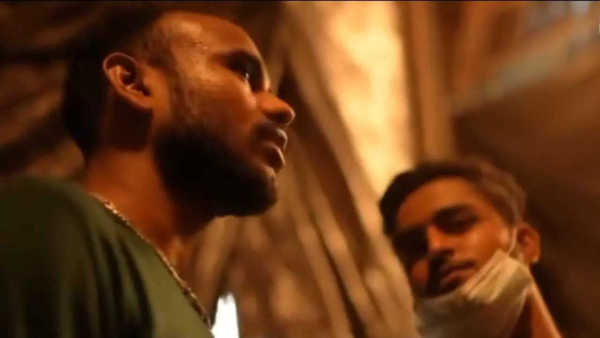Dream Factory, an 80-minute documentary that turns the camera towards those who usually remain in its shadows - the gaffer, the stuntman, the bouncer - is set to have its India premiere at the Yellowstone International Film Festival on November 18 in Mumbai. Its writer-director, Aarushi Nigam, a budding filmmaker, admits to feeling a mix of excitement and nerves as she prepares to show Indian audiences what really goes into the making of their favourite pastime - the movies.
The documentary premiered at the 21st Indian Film Festival in Stuttgart, Germany, last year. The idea to explore the lives of stuntmen and gaffers, Aarushi says, did not stem from a desire to do something unprecedented as a film student. While studying filmmaking at Emerson College in Boston, she was simply curious about how films are made back home in India.
“It wasn’t about doing something that hadn’t been done before. I was just curious to understand how the Indian film industry really works — beyond the gloss and glamour,” shares Aarushi. She adds, “During the lockdown, I watched all kinds of films, good, bad and the best, and that’s when it struck me to make something about the people who actually manufacture dreams in the Indian film industry.”
Dream Factory sheds light on the life of a lightman, officially on a 12-hour shift, but often working over 18 hours a day. “They are the first ones to arrive on the set, as they have to set up the lights for the day’s shoot, and the last ones to leave, as they must pack up all the expensive equipment and ensure everything is safe,” Aarushi explains.
As much as a lightman or stuntman is crucial to a film shoot, so too is the bouncer keeping crowds away from the set to ensure the day’s work goes smoothly. “They might look intimidating, but they are the sweetest people on set,” recalls the young filmmaker.

For the documentary, Aarushi, a former journalist with Delhi Times, shadowed the crew on the sets of Rohit Dhawan’s 2023 film Shehzada. “I wasn’t allowed on the main set, but I stayed with the crew to understand how they function,” she says. After completing the film, she realised that beyond the director, actors, writers, lyricists and choreographers, a bustling set is brought to life by many others who are rarely acknowledged or considered important.
So far, the filmmaker has received the warmest response at her film school. “At my film school, the response was overwhelming. In the West, Indian cinema is usually seen as all song and dance. With this documentary, they got to see what goes on behind those glamorous stars,” she shares.

